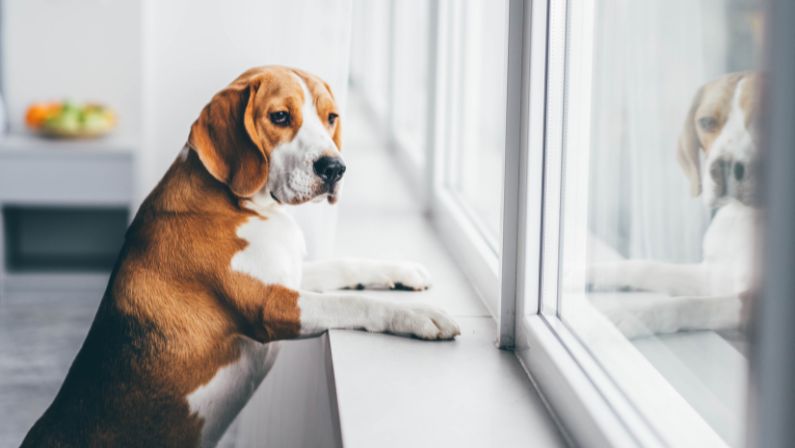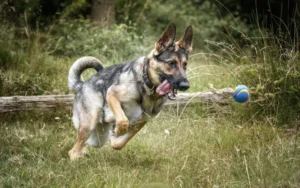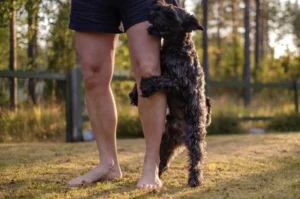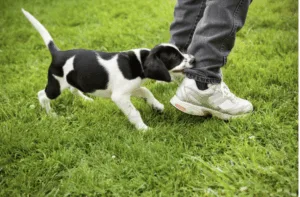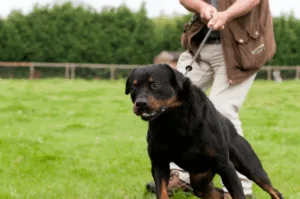Dogs are best known for their loyalty and affection towards their owners. They are otherwise best known as “Man’s Best Friend” and are most often considered family members. But what happens when you have to leave your dog at home? Some dogs may develop separation anxiety.
In 2021, a study shows that 76% of dogs experience separation anxiety – one of them could be yours. The first step in overcoming separation anxiety is to first understand it.
Why You Should Address Separation Anxiety In Your Dogs
Separation anxiety is a condition that triggers emotional distress when separated from their guardians or owners. This condition can affect your dog’s behavior – it can be as simple as picking up your keys to leave the house or leaving your dog to pick up the mail for your dog’s anxiety to start kicking in and stressing them out. If left untreated, the effects of this condition can be long-term.
Here are six (6) signs your dog has separation anxiety, and here’s how you can help them.

6 Signs of Separation Anxiety in Dogs
Dogs with separation anxiety show behaviors that indicate that they are experiencing distress. Here are six (6) signs of separation anxiety you need to look out for:
1. Destructive behavior
2. Excessive barking or howling
3. Pacing, restlessness, or agitation
Dogs with separation anxiety can become restless, pace around, and agitated when they are separated from you. The distress and anxiety they experience can cause them to move around a lot which can also tire them out.
4. Self-injury or attempts to escape
Dogs attempting to escape can hurt themselves by scratching windows, and doors, or even causing harm to themselves. This sign is an indication of extreme distress and anxiety and by attempting to escape, they can get stuck in tiny spaces which can cause them to injure themselves.
5. House soiling or urination/defecation indoors
6. Loss of appetite or excessive drooling

Causes of Separation Anxiety in Dogs
Lack of socialization
Dogs who aren’t socialized well most especially at a young age may find it difficult to cope with being alone. Socialization is important in the dog’s development and should be taught to dogs as early as possible.
Socialized dogs will grow to be more confident and adaptable to new environments and situations, including being left alone.
Traumatic experiences or abandonment
Dogs that have experienced prior trauma caused by abandonment may cause for separation anxiety to develop. If your dog is a rescue with a history of abandonment, they are more likely to develop separation anxiety. They can get triggered very easily and experience great emotional distress when you leave them alone.
Changes in environment or routine
Genetics and breed predisposition
Some dogs are built differently – literally. While some dogs are born confident, some breeds such as Chihuahuas and Labrador Retrievers are more likely to suffer from separation anxiety than others. In cases like these – your dog’s separation anxiety is not your fault.
Lack of exercise and mental stimulation
Owner attachment and reinforcement of anxiety
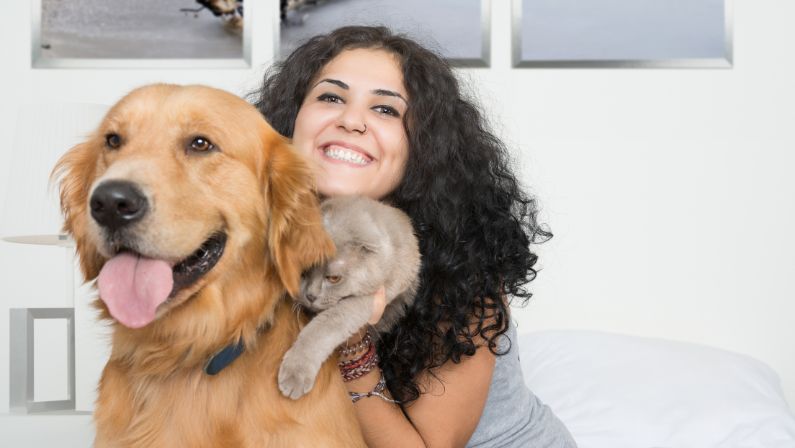
Tips for Helping a Dog with Separation Anxiety
There are many ways to help your dog overcome separation anxiety. One way you can help your dog from this condition is to first check in with your vet to rule out medical problems. The signs of this condition could be symptoms of an underlying medical issue.
If that is already ruled out, you can try out other methods. These are tips on how to help your dog with separation anxiety.
Socialization and training from a young age
Training your dog at an early age can help prevent separation anxiety from developing at the onset. As early as possible, exposing and socializing your dog to all kinds of environments, people, and animals will help make them feel comfortable with being alone at a young age.
Creating a positive and predictable environment
Gradual desensitization to separation
Another helpful technique you can do is to slowly make your dog get used to being alone for a certain amount of time to help them cope with long periods when you get separated from them.
Gradually increase the periods you are away from the dog so they become confident and comfortable with the time they spend away from you.
Professional training and behavior modification
One of the best ways to help overcome separation anxiety is to put your dog through professional training and behavior modification. Dog companies like K9 Mania Dog Training help dogs get rid of separation anxiety completely through methods and programs such as board-and-train, crate training, and many others.
🔗 Learn more about our Board and Train Long Island program.
Separation Anxiety No More!
Treating and overcoming separation anxiety in dogs can depend on the severity of the condition. Some may take weeks, and some may take months – separation anxiety will be a piece of cake with the right training! Training your dog professionally will help get rid of it completely, and can help prevent long-term effects on the onset for you and your dog.
One of the top leading dog companies in Long Island, New York – K9 Mania Dog Training aims to help families and dog owners by helping improve their dogs’ overall quality of life and resolve problems, including separation anxiety!
To know more about how to deal with your dog’s separation anxiety, check our website or contact us!

